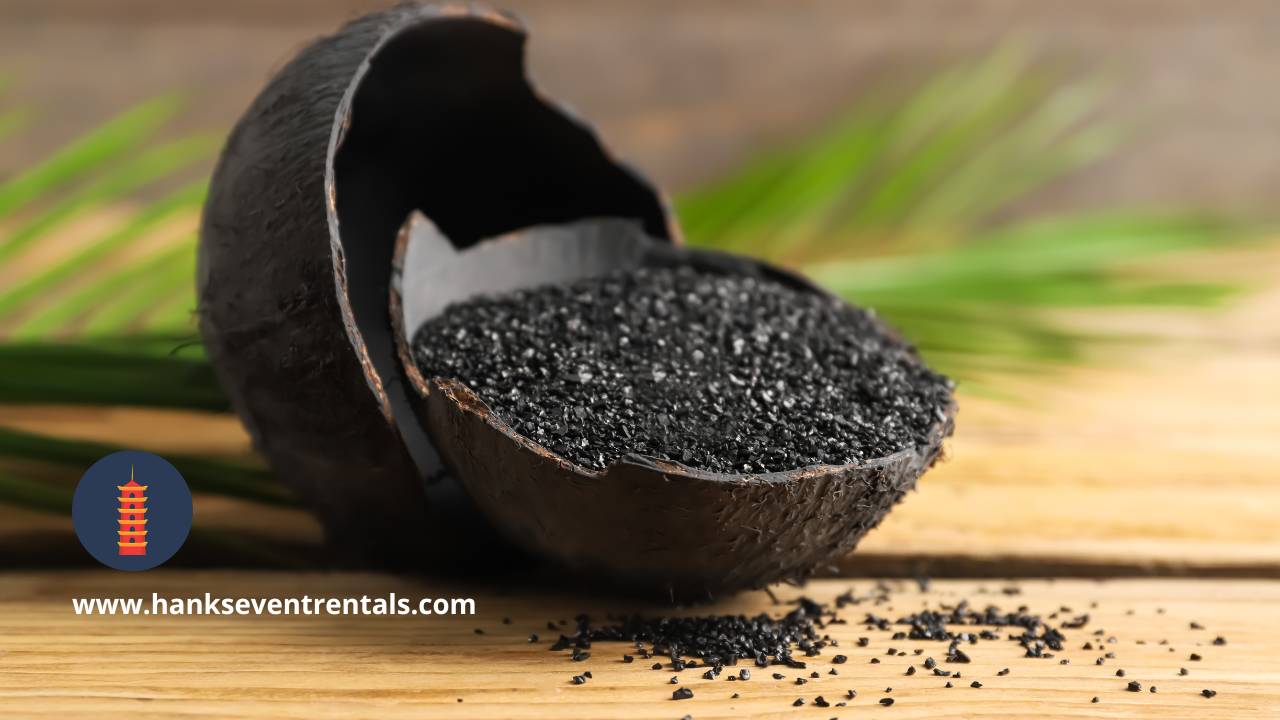Water Contamination
Within the milieu of the dynamically changing world of environmental safety, water contamination has now become one of the major issues that the world faces today. Among the most hazardous contaminants found in water sources today are PFASs, more correctly known as Per- and polyfluoroalkyl substances. Liquid chemicals of nature, they do not break down in the environment and have been linked with such serious health troubles as cancer, immune system disorders, or developmental problems.
This growing urgency has hence evolved into a lot of innovations in water treatment solutions, specifically fit for PFAS destruction.
But the options available today—which ones are the best? Which ones work when it comes to water treatment technologies? As we will discuss here, there is a series of new and better combinations for the destruction of PFAS in water treatment. We also touch on some of the more common questions about these techniques, associated costs, and practical use.
What is PFAS Destruction?
PFAS destruction means degrading the per- and polyfluoroalkyl substances coming from water sources. Compared to other contaminants, PFAS is very strong due to the firmness in its chemical bonds. This makes its treatment and degradation more difficult than usual. Still, with the newer water treatment technologies, the results are even more specific with targets for degrading such harmful substances.
Effective Water Treatment Methods for PFAS Destruction:
- Granular Activated Carbon
The most common methods applied for the destruction of PFAS include granular activated carbon, or GAC. The surface area of GAC is very extensive, and it is just this quality that enables it to adsorb large volumes of contaminants, which also include PFAS. However, this method often requires periodic replacement of the carbon material, which can drive up costs. - Ion Exchange Resin
Another popular water treatment solution to destroy PFAS involves the use of Ion Exchange Resin. This technology exchanges ions in water with those on the resin surface and, therefore, is quite effective at removing PFAS from the water supply. While highly effective in this regard, ion exchange resins can be pricey, especially in regards to greater-scale operations. - Advanced Oxidation Processes (AOP)
Advanced Oxidation Processes: AOP uses active oxidants to break down PFAS into smaller molecules. The most common agents of oxidation are ozone, hydrogen peroxide, and UV radiation. This technology is very effective in the destruction of PFAS compounds; however, it might also be quite energy-intensive and costly for long-term use. - Reverse Osmosis (RO)
RO is a type of filtration that literally forces water through a semipermeable membrane, which catches the contaminants—including PFAS. RO systems are effective, but they produce overviews of wastewater, and this might be a drawback in an area where there is a scant water supply. - Thermally Enhanced Destruction
Thermal destruction steps include heating the water to very high temperatures, such that degradation of PFAS chemicals or any other organic pollutant occurs. Though the technique is effective, it requires sophisticated equipment and hence not always feasible on a large-scale applicative perspective.
Conclusion:
PFAS contamination is a huge environmental concern, and not a minute too soon. While there are various water treatments for the destruction of PFAS, selection depends on such factors as cost, scale, and the particular needs of the supply being treated. Thus, knowledge of specific advantages and disadvantages will help individuals and organizations decide upon the most effective approach so that there is safe, clean water for everyone.
Read more also: Which is Better Ion Exchange Resin or Granular Activated Carbon?



